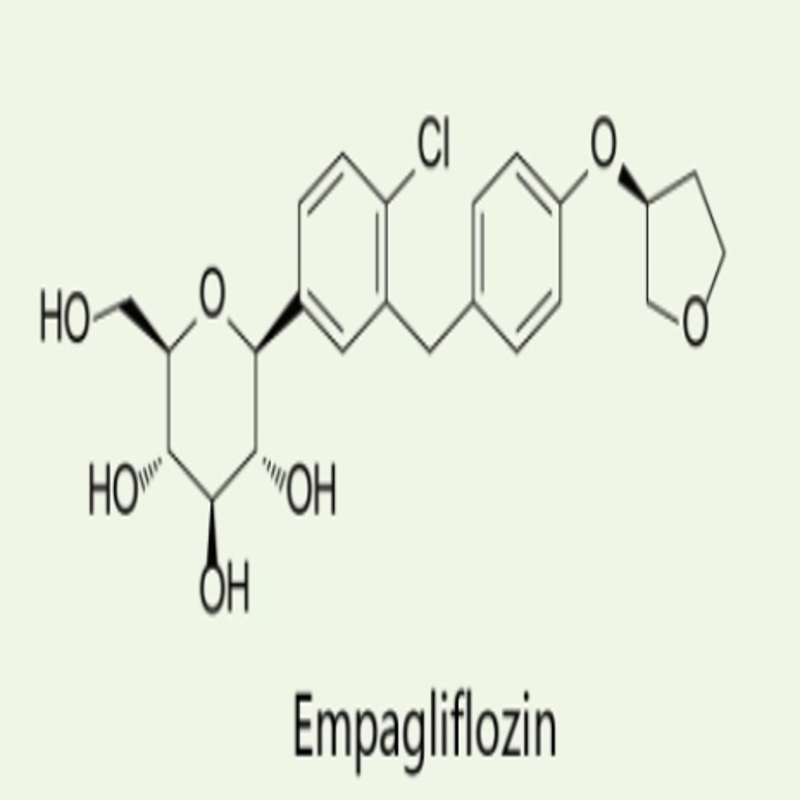-
Categories
-
Pharmaceutical Intermediates
-
Active Pharmaceutical Ingredients
-
Food Additives
- Industrial Coatings
- Agrochemicals
- Dyes and Pigments
- Surfactant
- Flavors and Fragrances
- Chemical Reagents
- Catalyst and Auxiliary
- Natural Products
- Inorganic Chemistry
-
Organic Chemistry
-
Biochemical Engineering
- Analytical Chemistry
- Cosmetic Ingredient
-
Pharmaceutical Intermediates
Promotion
ECHEMI Mall
Wholesale
Weekly Price
Exhibition
News
-
Trade Service
Nonalcoholic fatty liver disease (NAFLD) is a metabolic disordered liver phenotype that ranges from simple fatty liver to nonalcoholic steatohepatitis (NASH).
NAFLD and type 2 diabetes share common epidemiological and pathophysiological features
.
Specifically, hyperglycemia is strongly associated with liver fibrosis, which is associated
with cirrhosis, hepatocellular carcinoma, and prognosis in patients with NASH.
To date, many anti-diabetic drugs have been tested
in NAFLD participants.
Guidelines from Asia-Pacific, European, and American associations recommend the use of peroxisome proliferator-activated receptor-γ (PPAR γ) agonists (pioglitazone) and glucagon-like peptide receptor agonists (GLP-1 RA) for the treatment of diabetes mellitus
with NAFLD/NASH.
However, pioglitazone or GLP-1 RA injections can also cause some gastrointestinal adverse effects and drug burden, such as weight gain, edema, fractures, and carcinogenicity
.
Because all of these anti-diabetic drugs significantly reduced blood sugar levels compared to placebo, theoretically improvements in liver tissue could be attributed to the blood sugar reduction itself
.
When metformin fails to achieve glycaemic control, sodium-glucose cotransporter 2 (SGLT2) inhibitors and sulfonylureas are usually selected as second-line therapy
.
When metformin is contraindicated or intolerated, sulfonylureas are usually chosen as first-line therapy
.
Past studies have shown that sulfonylureas are associated with progression or adverse outcomes of NAFLD (e.
g.
, hepatocellular carcinoma), possibly by increasing insulin secretion and thus weight gain and SREBP-1c-driven neogenic adipogenesis
.
But on the other hand, sulfonylureas can lower glucose, thereby reducing de novo lipogenesis
driven by carbohydrate reaction element binding protein (ChREBP)-1.
Therefore, sulfonylureas may have both positive and negative effects
on liver pathology of NAFLD/NASH.
In phase 3 trials, caragliflozin had no less effect on hemoglobin A1c (HbA1c) than glimepiride
.
However, the difference between SGLT2 inhibitors and sulfonylureas in NAFLD patients with type 2 diabetes in the setting of similar reduced sugar levels remains uncertain
.
The investigators conducted a 48-week randomized, open-label, parallel-group trial of patients with biopsy-confirmed NAFLD
.
A total of 40 participants were randomized to receive either 20 mg togliflozin or 0.
5 mg gglipiride
once daily.
The primary outcome was a percentage improvement
of at least 1 point in the scores of all individuals in the histological classification of steatosis, hepatocyte ballooning, lobular inflammation, and fibrosis.
Secondary endpoints were changes in
liver enzymes, metabolic markers, and liver gene expression profiles.
Changes in liver-related parameters, glycated hemoglobin, and body weight compared to baseline
It was found that fibrosis scores improved in the togagliflozin group (60%, P=0.
001), while there was no significant difference between the two groups compared to baseline (P=0.
172).
Histological variables improved in steatosis (65%, P=0.
001), hepatocyte ballooning (55%, P=0.
002), and lobular inflammation (50%, P=0.
003) in the togliflozin group, while only hepatocyte globulization was improved in the glimepiride group (25%, P=0.
025).
Liver gene expression profiles show that histology-related energy metabolism, inflammation, and fibrosis features can be reversed
by togagliflozin.
Overall, this study found that topagliflozin and glimepiride improved liver histology and metabolism to a lesser extent in patients with type 2 diabetes and NAFLD, with no significant difference
between the two drugs.
The improvement of energy metabolism, inflammation, and fibrosis characteristics associated with liver histology by SGLT2 inhibitors requires long-term large-scale clinical trials
.
References: Yumie Takeshita, Masao Honda, Kenichi Harada, et al; Comparison of Tofogliflozin and Glimepiride Effects on Nonalcoholic Fatty Liver Disease in Participants With Type 2 Diabetes: A Randomized, 48-Week, Open-Label, Active-Controlled Trial.
Diabetes Care 1 September 2022; 45 (9): 2064–2075.
https://doi.
org/10.
2337/dc21-2049







